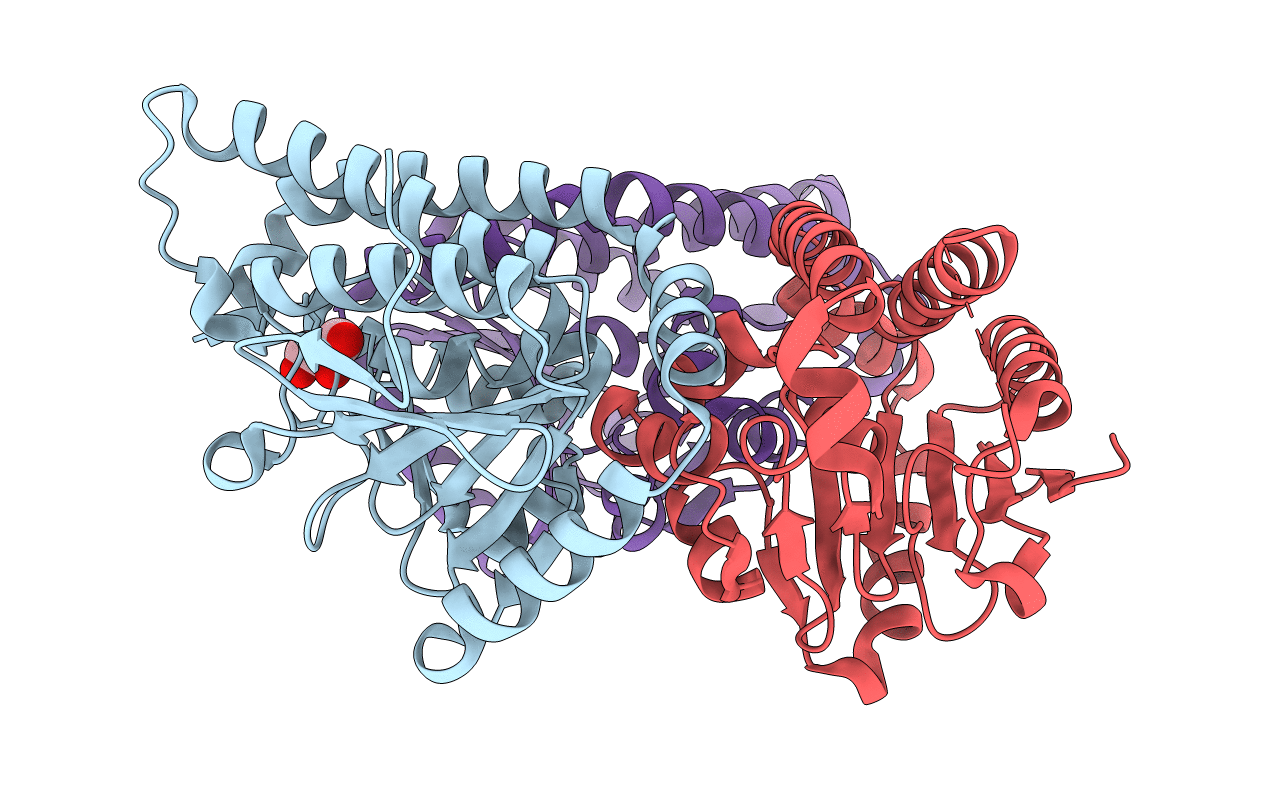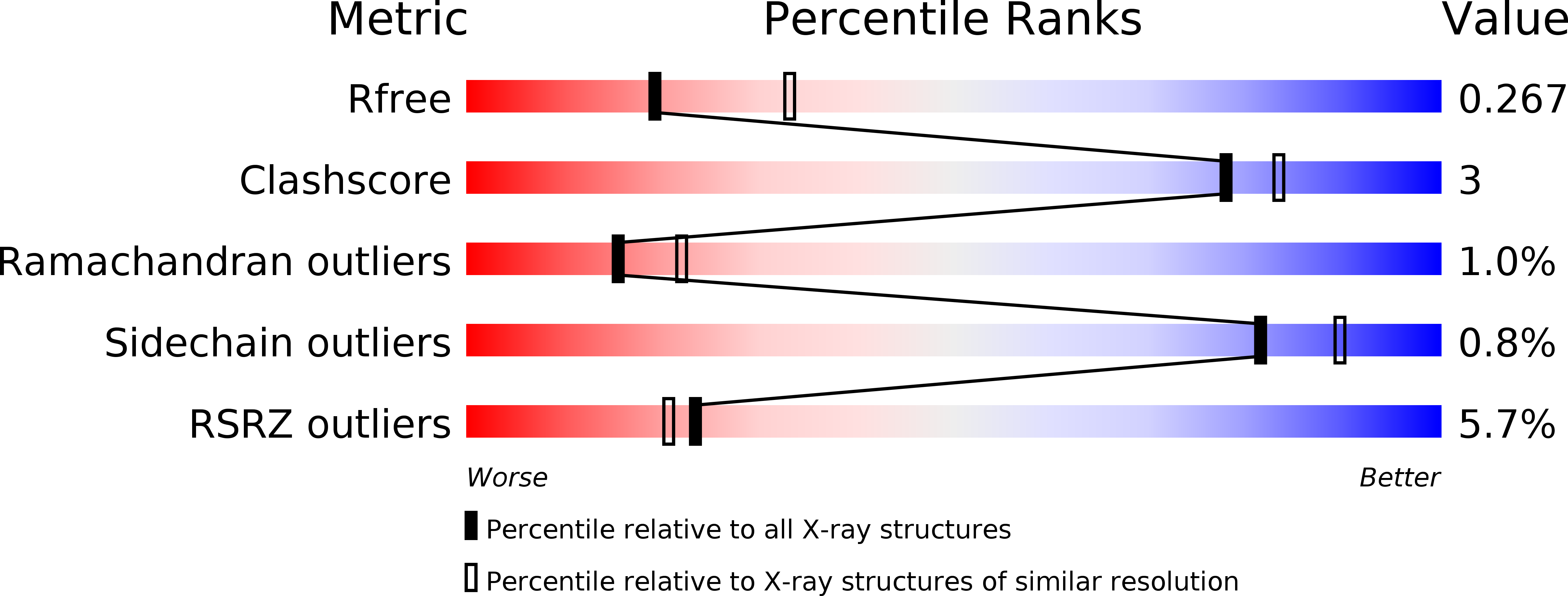
Deposition Date
2014-07-15
Release Date
2014-12-24
Last Version Date
2024-05-08
Entry Detail
PDB ID:
4U18
Keywords:
Title:
Crystal structure of human peroxisomal delta3,delta2, enoyl-CoA isomerase (ISO-ECI2)
Biological Source:
Source Organism:
Homo sapiens (Taxon ID: 9606)
Host Organism:
Method Details:
Experimental Method:
Resolution:
2.64 Å
R-Value Free:
0.26
R-Value Work:
0.19
R-Value Observed:
0.19
Space Group:
P 21 21 21


